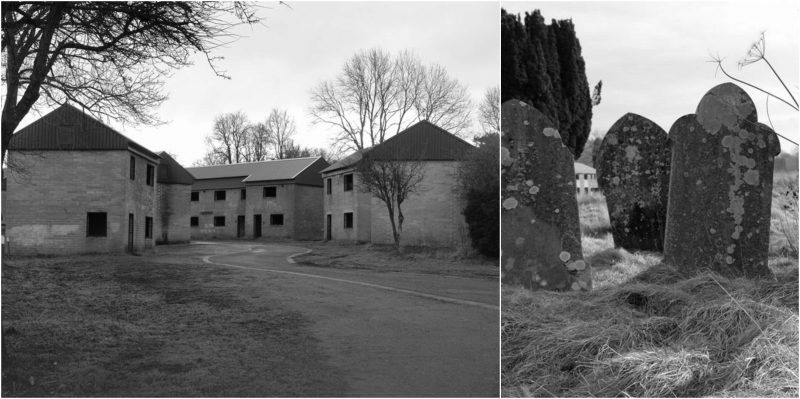The images of the village left abandoned for almost seven decades provide a glimpse into the lifestyle of pre-WW11 community, while also reminding the plight of people in the wake of the conflict.
The residents of a small beautiful village of Imber in Wiltshire were asked to evacuate when WWII was raging in Europe with no apparent end in sight.
The year was 1943, people of Imber had no inkling of their fate, but they were told later that they could never return to their beloved village, ever again.
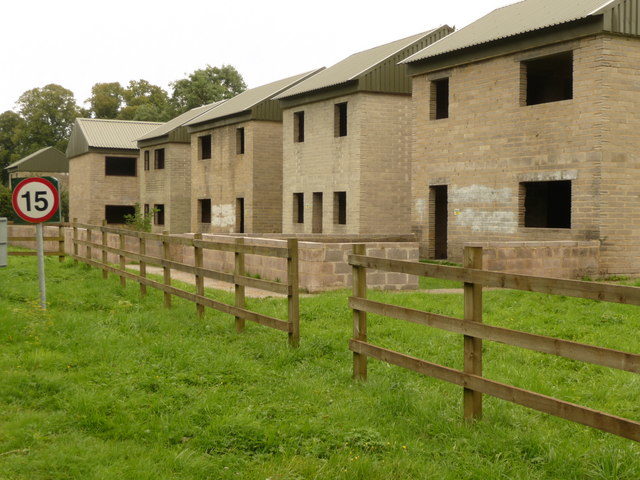
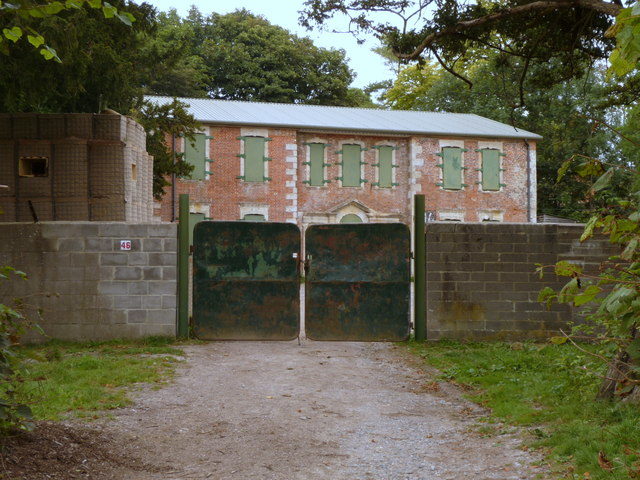
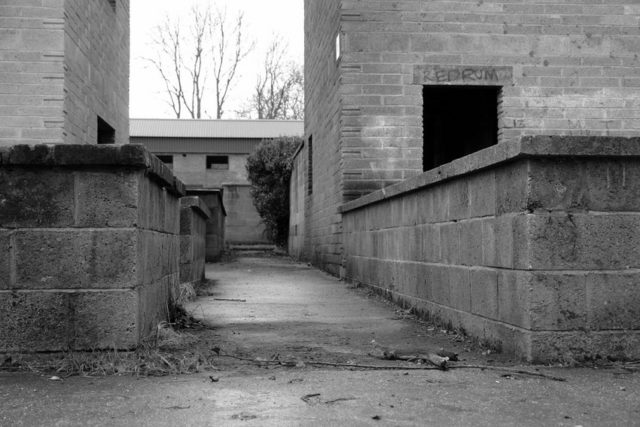
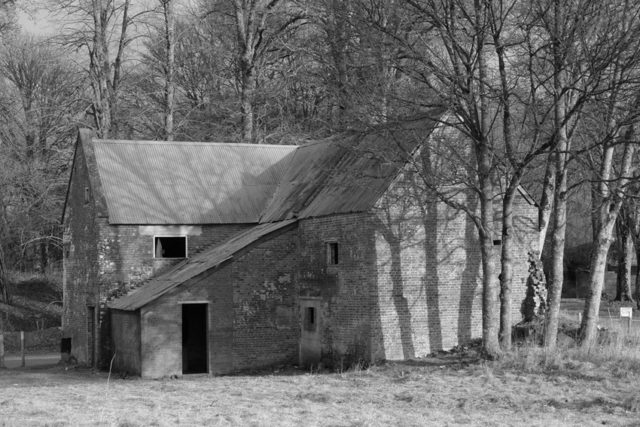
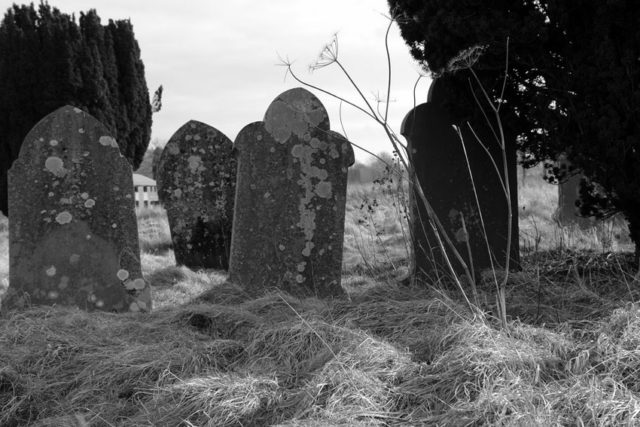
Ministry of Defence now uses the abandoned village on Salisbury Plain as an active training site for soldiers. However over the Easter Bank Holiday weekend, MOD allows members of the public to visit the town to see this marvellous village still standing exactly the way it was abandoned by its inhabitants 70 years ago.
Every year a significant number of people travel to Imber, taking a special interest in the church still standing tall in the middle of the village with all its galore and resilience.
Despite the fact that there is no electricity or running water anywhere in the village at the moment, village church is still in working order with all amenities available. St Giles Church saw a major renovation project in 2008 conducted by Churches Conservation Trust.
Another important site is Village’s pub, cottages and manor house that have turned into derelict shells in the last seven decades.
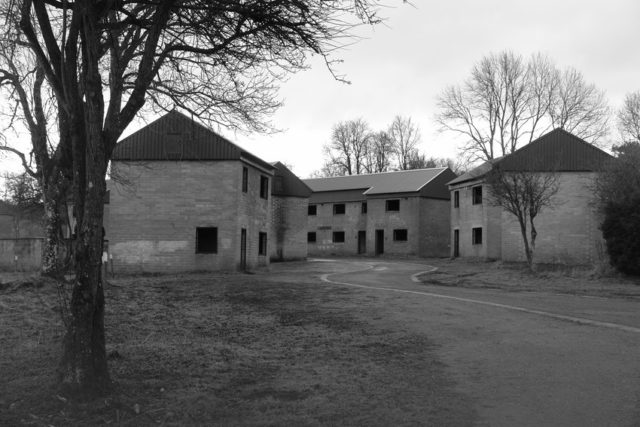
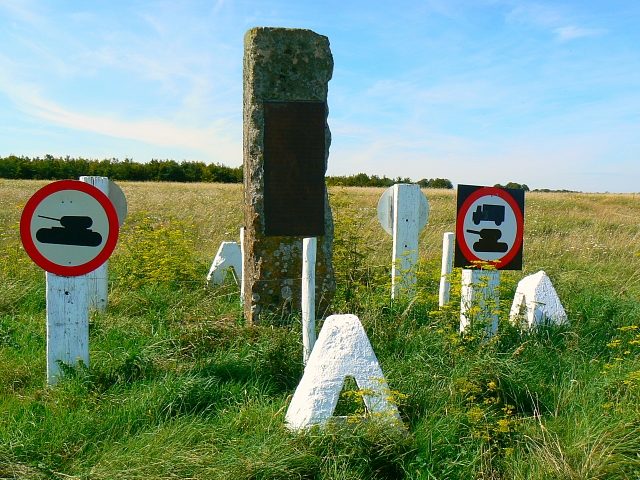
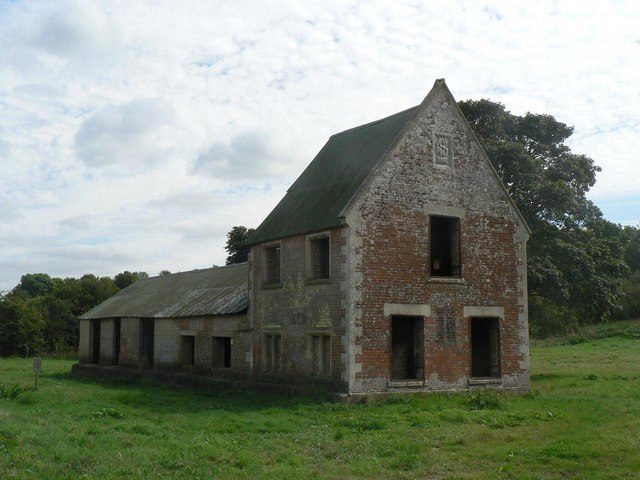
With the increasing influence of Nazis in France and other countries of Europe; allied leaders had to devise the most ambitious fight back strategy, to confront the demon head-on. Up until 1943, most of the operations carried out by the allied forces were either supporting local guerrilla forces in the occupied regions or simply air raids into mainland France or Germany.
However seeing the situation of Britain struggling to keep her troops and people fed, allied leaders decided to go on the offence. A large number of American soldiers started landing in the UK to prepare for the first of a kind invasion on Nazi-controlled regions.
The operation was named D-Day, which proved to be a success for allied forces and played a pivotal role in shaping the Second World War in the favour of allied forces.
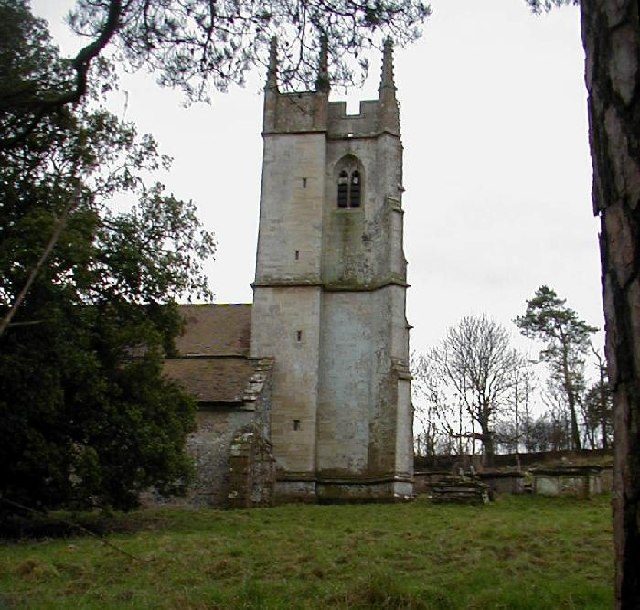
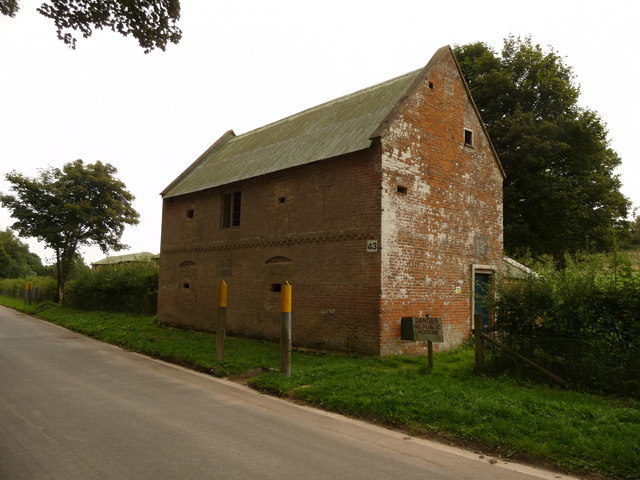
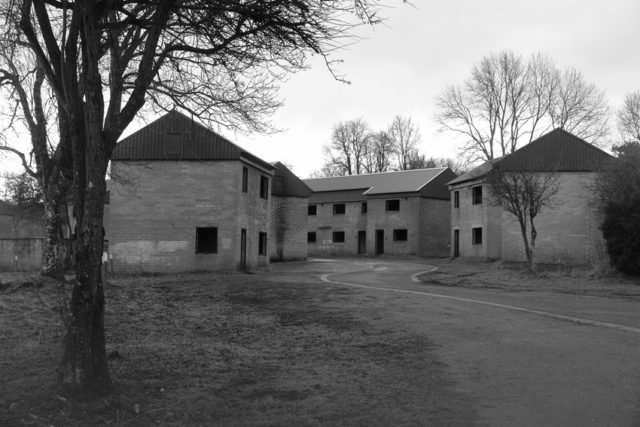
Just when the residents of a quiet village of Imber started to enjoy the spring of 1943, a number of officers arrived in the village with very strict orders of evacuation. The residents were given only one choice, to leave their homes behind and take whatever they could and evacuate the village in 47 days.
The village elders tried to negotiate with the officials, however soon they realised that they had no say in the matter. The residents scrambled for whatever they deemed important, packed their stuff and left for other neighbouring towns and villages. This was a unique event since Imber was nowhere close to the war front, and nobody anticipated in their wildest of the dreams what they had to go through.
There is no record of the total number of villagers evacuated in 1943; the last census record available for Imber is from 1931 according to which Imber had the population of 152 people. After the war, locals tried to get back to their homes, and put up a number of legal battles but to no avail. The site is still controlled by MOD and is open for public visits once a year on the Easter Bank Holiday weekend.
